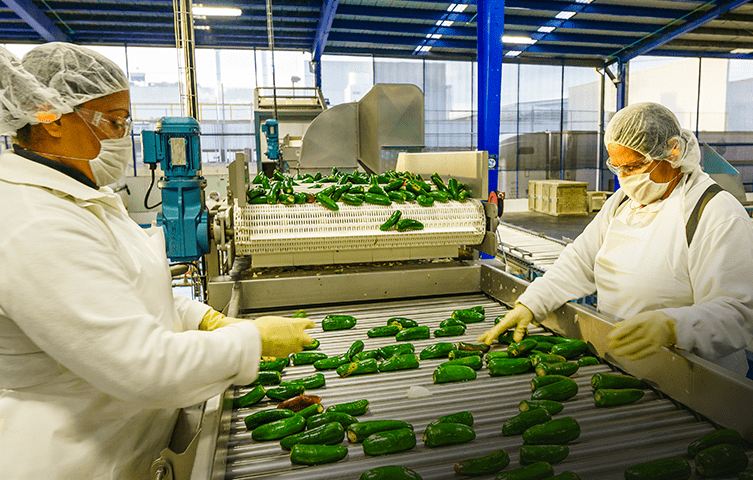Tariffs on agricultural products and food have begun to impact the U.S. market.
Sarah House, senior economist at Wells Fargo, believes import prices are unlikely to provide a safety valve for U.S. consumer price inflation in the coming months.
Tariffs on agricultural products
Trade drives both demand and supply for agricultural and food products in the United States. In fact, according to USDA data, the country exported about $175 billion in agricultural products during 2024. At the same time, it imported about 215 billion.
In addition, many agricultural and food markets in the United States are highly dependent on specific trading partners. This relationship directly influences the flow of key products and the stability of the sector.
Ty Kreitman, associate economist in the Kansas City Fed’s Regional Affairs Department, stresses that abrupt changes related to trade in these commodities could disrupt markets and alter prices for agricultural producers and consumers.
U.S. agricultural trade is particularly concentrated between Mexico, Canada and China. These nations were the destination of approximately 50% of the total value of U.S. agricultural exports in 2024.
At the same time, Mexico and Canada are also important sources of agricultural products, accounting for more than 40% of all U.S. agricultural imports.
These two nations were by far the largest individual import partners, with a much smaller contribution from China. In addition, Canada is also a major supplier of essential fertilizers used in agricultural production.
Inflation
Looking ahead, House projects that U.S. import price growth has room to weaken, but is unlikely to collapse.
Surveys of international purchasing managers indicate weaker manufacturing activity in Canada and China since the beginning of the year, but stronger activity in the eurozone and Mexico.
This combination suggests that some exporters to the United States may be willing to cut prices, while others may be inclined to hold prices.
Lower consumer spending in the United States could affect foreign production. It could also lead more exporters to cut prices in the second half of the year. However, House’s forecast points in another direction.
According to his analysis, the dollar would weaken over the same period. This factor, relevant in international trade, will probably dampen the deflationary effect of lower demand. Thus, the impact on global prices would be more limited.

